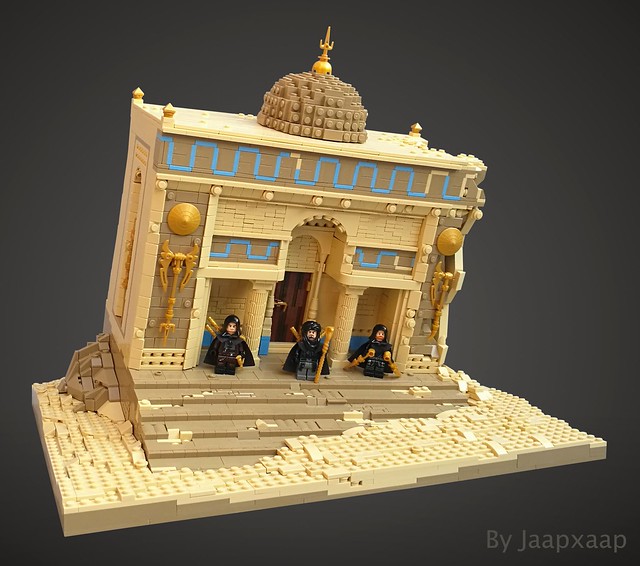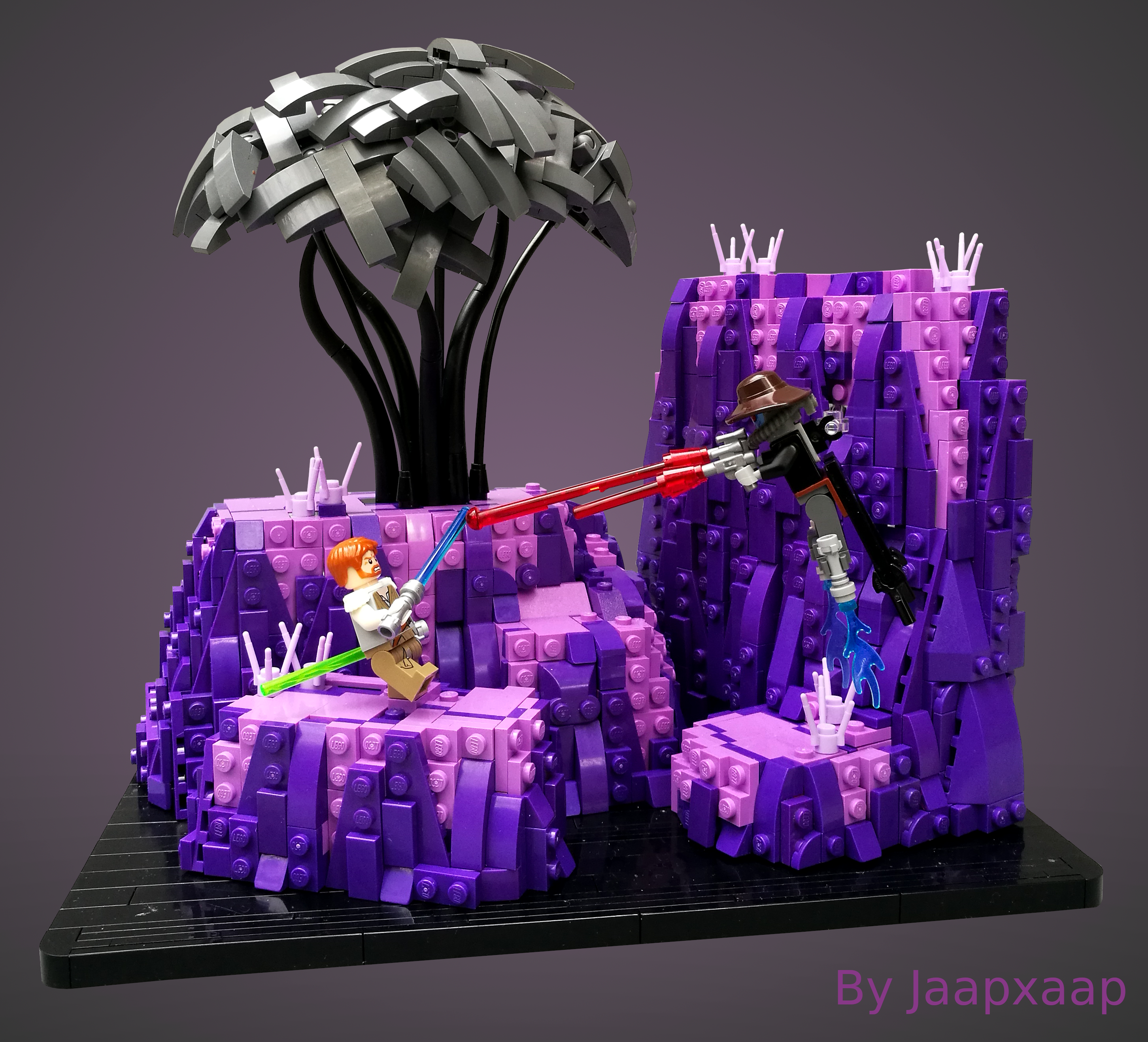With new iterations of the Xbox and PlayStation announced for release at the end of this year and the LEGO Nintendo Entertainment System already on store shelves, 2020 is shaping up to be quite the year for gaming console hype. Jaap Bijl encases this momentum in his LEGO Xbox build.

Bijl’s rendition of this fun-machine visually pops with its complementary black and pink color scheme. The 4×4 flower with petals element is expertly used as both lettering and the D-pad on the controller. Additional detailing on the controller is done with 1×1 half-circle tiles used for buttons and round-bottom 2x2s for joysticks. The machine as a whole is expertly brick-built using pretty standard build techniques. Great timing on Bijl’s part for such subject matter as video game imagery seems to be pretty popular with the brand this year, a build like this would look great displayed with the aforementioned NES or even with some of this year’s gamer inspired Ninjago sets.






